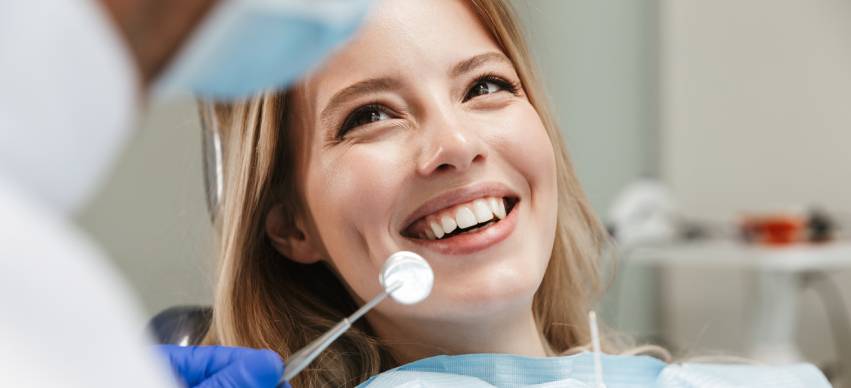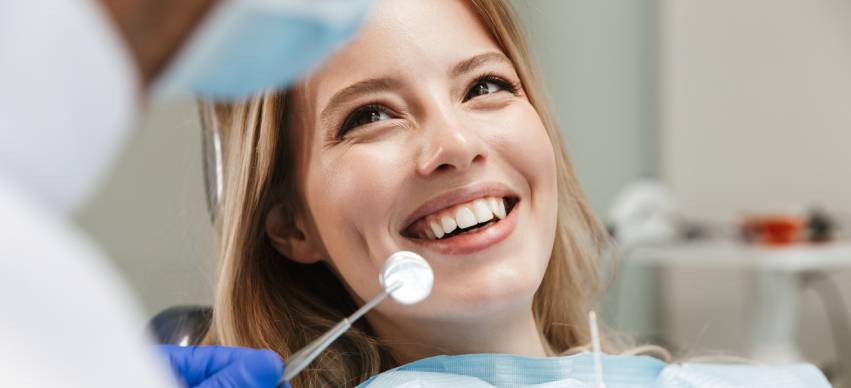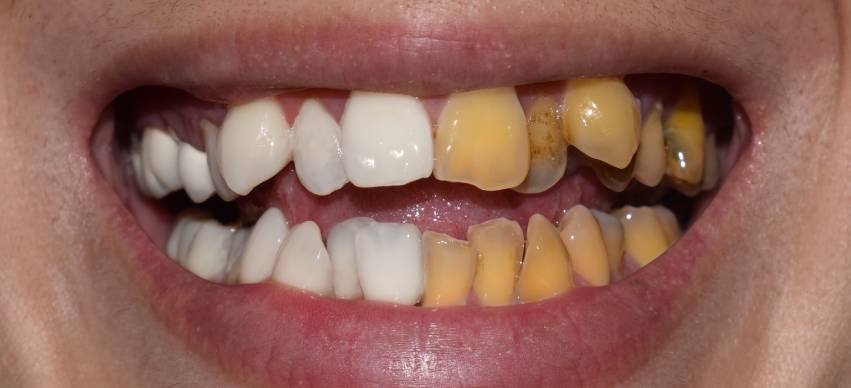How Communities Are Changing the Way We Think About Aging in..
8 Min Read


Beyond the scope of their aesthetic appeal, teeth hold a myriad of information about our general health. As modern dentistry advances, tooth color is increasingly recognized as a valuable diagnostic tool. Dental professionals now leverage this characteristic to glean critical insights into a patient's health.
This article discusses common tooth colors and how they potentially indicate underlying medical conditions. Read on.
1. The Normal Tooth Color Spectrum
First, it's vital to note that the concept of 'normal' tooth color isn't one-size-fits-all. It's a rainbow of shades, stretching from light yellow to a more grayish white. Age contributes to this variety; as we age, our teeth naturally darken and become yellow due to enamel wear and changes in dentin, the layer beneath the enamel.
Ethnicity also has a part to play. For instance, individuals of Asian or African descent may have naturally darker teeth than those of European descent. Additionally, your genes can influence tooth color. Just as they determine your hair and eye color, your genetics also play a role in the natural hue of your teeth. These factors combined create the spectrum of what we consider 'normal' tooth color.
2. Discoloration And Staining
Surface stains on teeth can be a result of lifestyle choices or age. Consumption of certain food and drink, such as coffee, tea, wine, and soda, can cause your teeth to take on a yellow or brown hue. Likewise, tobacco use also stains the teeth a similar color. It's crucial to note these stains might not indicate a severe health issue, but they're a clear sign that you might want to reconsider your dietary habits.
3. Darker Shades

If your teeth are becoming darker or more yellow over time, it might not just be a sign of aging. This could be a clue to a more systemic issue like celiac disease. Celiac disease is an autoimmune disorder where the ingestion of gluten leads to damage in the small intestine. Gluten, a protein found in wheat, barley, and rye, triggers an immune response in people with celiac disease, resulting in inflammation and damage to the intestinal lining.
Changes in tooth color can be an unexpected sign of celiac disease. It can cause enamel damage, leading to teeth becoming darker or more yellow over time. This symptom, combined with other signs like digestive issues or chronic fatigue, should prompt a consultation with a Lifestyle Smiles Brighton Dentist and other healthcare professionals. Early diagnosis is crucial in managing celiac disease and preventing further complications.
4. Chalky White Patches
Have you ever noticed chalky white patches on your teeth? You're likely dealing with a condition called dental fluorosis. This condition develops when a child consumes excessive fluoride while their teeth are still forming. Although dental fluorosis is not a serious health issue, it indicates that you might be consuming an unhealthy amount of fluoride.
5. Not So Pearly Whites
Enamel, the robust outermost layer of your teeth, acts as a shield against daily wear and tear. However, this layer isn't invincible. Teeth displaying off-white, gray, or translucent colors often signal enamel erosion, a condition where this protective layer gradually wears away.
A common culprit is chronic acid reflux or gastroesophageal reflux disease (GERD). These conditions propel stomach acid upwards into the mouth, gradually eroding the enamel. The resulting color change is not just an aesthetic concern—it's an alarm bell that your body's balance might be off and requires attention.
6. Blue Or Green Teeth
Blue or green teeth aren't just for Halloween or science fiction—they're real-life symptoms of a rare condition known as green tooth syndrome. Often associated with certain occupations, such as working in copper or brass foundries, this discoloration arises from prolonged exposure to high levels of industrial dust and fumes.
The metals in the dust and fumes, notably copper and brass, can cause a chemical reaction in the oral environment, leading to a green or blue tint on the dental enamel. Regular and continuous exposure to these substances can result in this distinct and unusual tooth discoloration.
7. Pink And Red Tooth Discolorations
Pink or red hues on teeth are definitely out of the ordinary and may signal specific dental or health issues. A pink tooth, often referred to as 'root resorption,' can develop following a traumatic injury to a tooth. The resorption process breaks down the tooth's root, causing the tooth to take on a pinkish hue due to the underlying dentin and pulp showing through the translucent enamel.
On the other hand, red discoloration on a tooth could be a sign of a blood-related disease, such as high blood pressure. This condition can cause small blood vessels in the teeth to rupture, leading to a red stain. This color change isn't to be ignored, as it could be a telltale sign of a more severe underlying health issue.
The Diagnostic Process: Decoding Tooth Color
Diagnosing health conditions based on tooth color changes is a multi-step one, involving a comprehensive approach that considers your medical history, a clinical examination, and necessary tests.
Your medical history provides valuable information about potential genetic predispositions or lifestyle factors that could affect your oral health. A clinical examination can reveal any overt changes in your teeth color, shape, or structure.
Meanwhile, testing, when appropriate, can confirm or rule out specific diagnoses. By combining these steps, healthcare professionals can accurately determine whether changes in tooth color suggest an underlying health condition and guide appropriate treatment.
Conclusion
Changes in your tooth color can indicate various health issues. From lifestyle habits to serious health conditions, your teeth can be a window to your overall health. Remember, monitoring your dental health and consulting a healthcare professional if you notice significant changes is crucial. After all, the mouth is a significant part of the body, and maintaining its health is just as critical as any other aspect of your well-being.